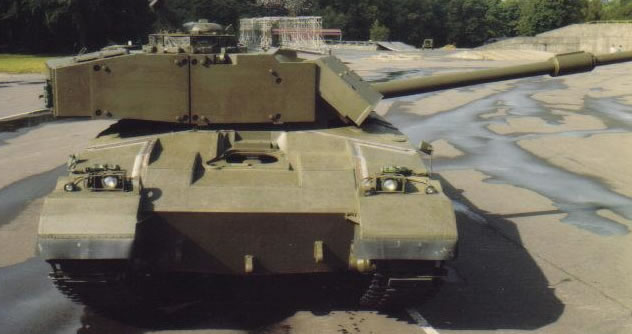Are we designing cybersecurity to protect people from malicious actors?
This blogpost is based on a paper written for the International Conference on Human Systems Engineering and Design: Future Trends and Applications (IHSED 2018). Abstract When the discussion about engaging people to take an active approach to cybersecurity there is a focus on ensuring they protect their devices from malware and controlling access to their devices. There is a lesser focus on providing education and awareness to identify potential attacks from malicious actors. At the moment technology and software companies focus on protecting devices and not the people directly. This is due to a need to protect data from malware and unauthorised access. The conversation surrounding cybersecurity and data protection has come to the fore again due to the EU General Data Protection Regulation 2016/679 (GDPR) and hardware design flaws that include Intel Spectre bug. This paper will look at four areas the first is basic phishing attack along with malware and ransomware. The s...

